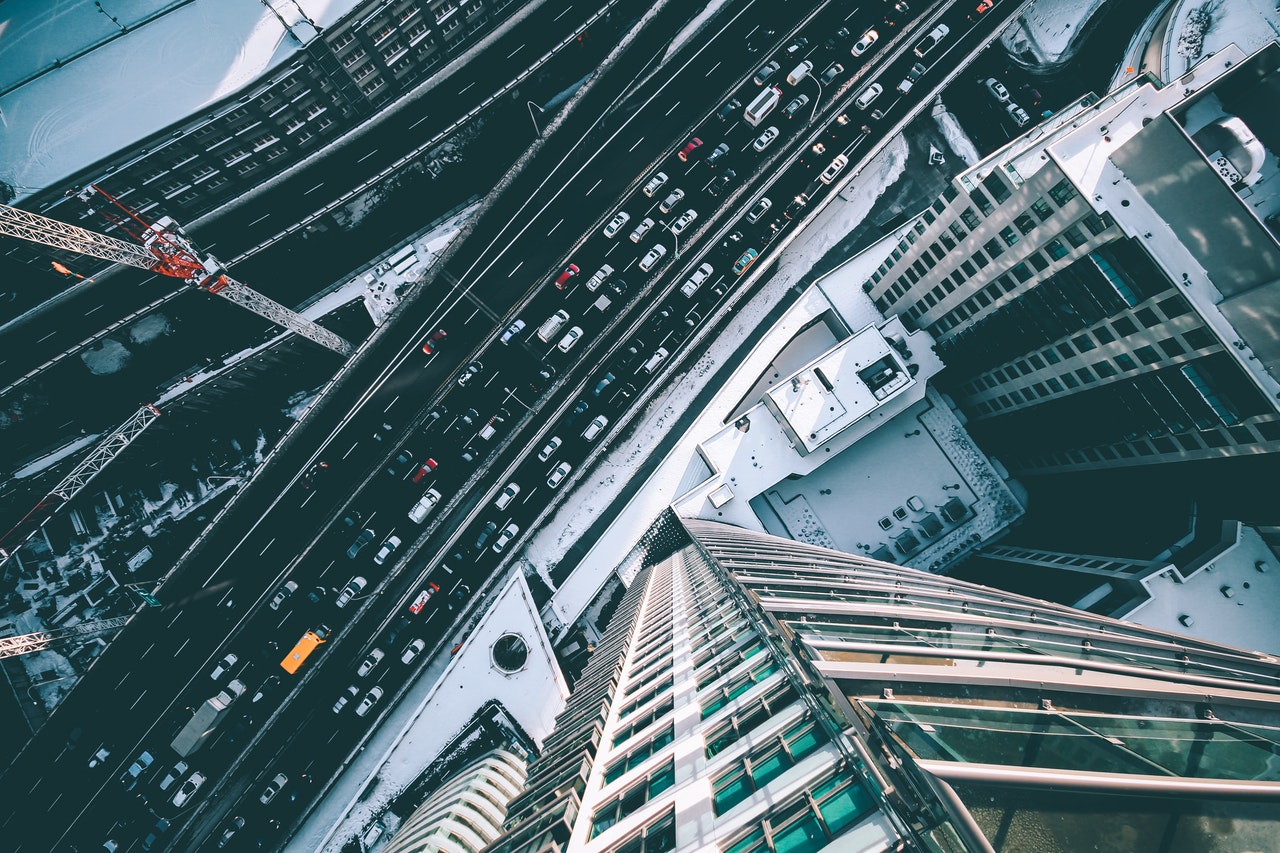Written by Devin Morrissey
Whether it’s a flood, earthquake, or landslide, natural disasters are devastating to human society and we need to protect ourselves as they continue to strike. They can ruin carefully crafted roadways and buildings of all shapes and sizes — not to mention the havoc they wreak on human life. The severity and frequency of natural disasters are on the rise, and though they are causing fewer deaths, they are still harmful to our homes, roads, and livelihoods. In addition to minimizing damage, we need to focus on developing new infrastructure that will better withstand natural disasters and future use.
Roads are an important part of daily life, but are also integral in the face of natural hazards. When taking a look at America’s roads, it becomes apparent that many roads, from highways to local streets, desperately need updating. Almost half of the highways in the U.S. are operating at capacity, leading to wasted resources, damaged roads, and expensive, extensive repairs. Engineers have their work cut out for them as they conceive designs for new and existing roadways; unexpected natural disasters can cause or exacerbate damage, worsening an already dangerous situation.
For all roads, we have to plan for the worst conditions possible, but hope for the best. Destructive weather events cannot be prevented, so accounting for them while designing and planning is a necessity. Experts at the University of Technology of Troy warn of the Domino effect: should a natural disaster destroy critical infrastructure, “the resulting cascade effect (chain of accidents) could lead to catastrophic damage and affect not only the plants, but also people, the environment and the economy.” In order to avoid widespread devastation, we need to prioritize preparing infrastructure for worsening natural disasters.
Despite the importance of fortifying roadways and infrastructure against natural disasters, there is no single, universal solution to implement across the nation. Different regions of the country have unique traffic and disaster needs when planning proposed roadways. In Alaska, engineers have to deal with how melting permafrost affects the roads. Along the seismologically active west coast, roads have to handle frequent earthquakes. In the northeast and other areas that have intense winter weather, roads have to be equipped for heavy snow and ice. All these roads can benefit from future-proofing.
Future Proofing Roads
Future-proofing roads involves considering not only current needs but also potential future issues, including everything from increased traffic to natural disasters. Because so many roads need redesigns now, we would greatly benefit from incorporating disaster preparation into plans for imminent repairs. While each road, from huge highways to narrow streets, has its own issues, they all have one thing in common: both current and future problems need to be addressed now.
Changes to roads will be more necessary and pressing as self-driving cars become commercialized. Certain roads may need complete reconstruction to meet the needs of self-driving cars; it only makes sense to include additional fortifications for natural disasters in applicable areas at the same time. In addition, future-proofing for increased usage will put less stress on roads, ensuring they will last longer and be prepared to handle more traffic should a disaster strike.
Former FEMA Administrator Craig Fugate said it best: “They are natural hazards. They only become disasters where and how we have built our environments.” If we improve our infrastructure to accommodate the increasing number of natural disasters as well as our daily needs, they might not be as disastrous. Though destructive natural disasters are inevitable, future-proofing our roads will save money, time, and lives.
…
Devin Morrissey is a freelance content creator, and he prides himself on being a jack of all trades. His career trajectory is more a zigzag than an obvious trend, just the way he likes it. He pops up across the Pacific Northwest, though never in one place for long. You can follow him more reliably on Twitter.
Tags: Devin Morrissey, Future proofing, Future proofing roads, Natural Disasters, Resilience







 RSS Feed
RSS Feed